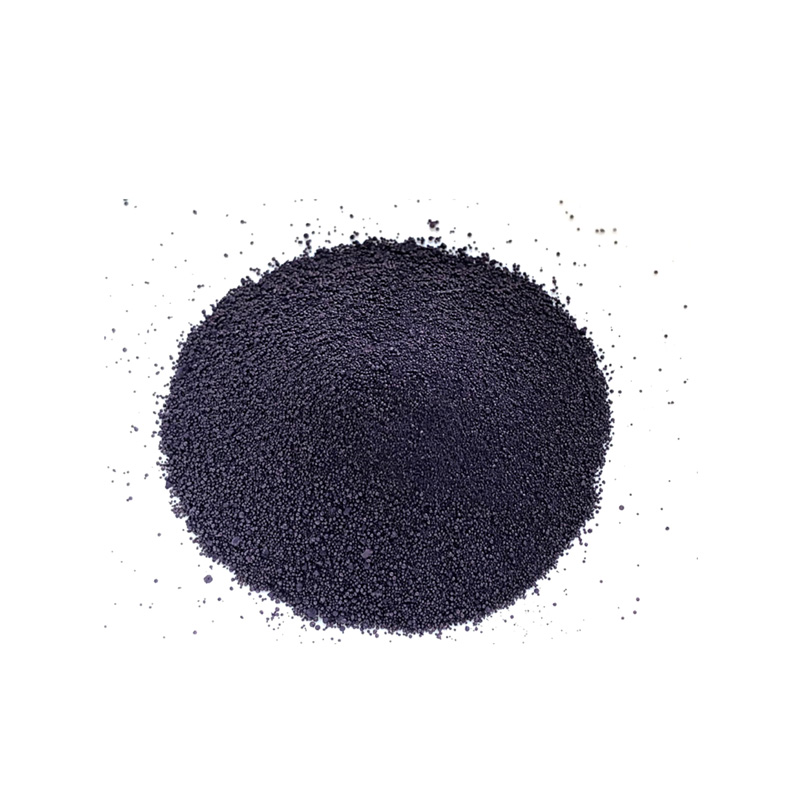dark indigo dye
The Allure of Dark Indigo Dye A Journey Through Time
Dark indigo dye has a rich history, a captivating aesthetic, and has influenced fashion, art, and culture worldwide. Its deep blue hue evokes feelings of tranquility, depth, and mystery, making it a timeless favorite across various mediums.
Historically, indigo dye has been extracted from the leaves of the Indigofera plant, whose vibrant pigments have dyed textiles for thousands of years. Its origins can be traced back to ancient civilizations, dating as far back as 2500 BC in regions such as India, Egypt, and Mesopotamia. This dye was so highly valued that it was often referred to as blue gold. The process of extracting the dye was labor-intensive and required a delicate balance of botanical knowledge and artistry, which is why it became a commodity that was traded along the Silk Road.
The significance of indigo dye extended beyond just its aesthetic appeal. In many cultures, it symbolized wealth and status. In Africa, for instance, indigo-dyed textiles were integral to rituals and ceremonies, embodying spiritual significance. In Japan, indigo dyes were used in traditional garments, known as “Boro,” which were cherished for their beauty and craftsmanship. The art of indigo dyeing was not only a practical necessity but also a form of expression, revealing social identities and community heritage.
In modern times, dark indigo dye remains a staple in fashion and design. It is particularly recognized in the denim industry, where it forms the backbone of classic jeans. The unique fading characteristics of indigo give denim garments a distinctive look, with each piece telling a story through its wear and tear. This has created a subculture centered around indigo-dyed clothing, with enthusiasts valuing the history and craftsmanship behind each item.
dark indigo dye

Moreover, the rise of sustainable fashion has rekindled interest in natural dyes, including dark indigo. As consumers become more environmentally conscious, artisans and brands are revisiting age-old dyeing techniques using organic materials, offering a sustainable alternative to synthetic dyes. This revival has encouraged a new generation of artists and designers to explore the depths of dark indigo, not only in clothing but also in home textiles, accessories, and art.
In artistic applications, dark indigo dye has inspired countless works
. Artists and textile designers experiment with its variations and the techniques employed, ranging from shibori to tie-dye, creating stunning visual effects. The color’s versatility allows it to be paired with other hues, creating dynamic contrasts or harmonious blends, further enhancing its appeal.Furthermore, dark indigo is often associated with introspection and contemplation. Its calming presence can evoke a sense of peace, inviting individuals to reflect and explore their inner thoughts. Whether through fashion, art, or cultural practices, dark indigo dye continues to resonate deeply with people around the world.
In conclusion, dark indigo dye embodies a confluence of history, culture, and artistry. Its enduring charm not only graces fashion and art but also holds a significant place in diverse cultures globally. As we continue to appreciate and explore dark indigo, we celebrate both its past and its potential future, ensuring that this exquisite hue will captivate hearts for generations to come.
-
The Timeless Art of Denim Indigo Dye
NewsJul.01,2025
-
The Rise of Sulfur Dyed Denim
NewsJul.01,2025
-
The Rich Revival of the Best Indigo Dye
NewsJul.01,2025
-
The Enduring Strength of Sulphur Black
NewsJul.01,2025
-
The Ancient Art of Chinese Indigo Dye
NewsJul.01,2025
-
Industry Power of Indigo
NewsJul.01,2025
-
Black Sulfur is Leading the Next Wave
NewsJul.01,2025

Sulphur Black
1.Name: sulphur black; Sulfur Black; Sulphur Black 1;
2.Structure formula:
3.Molecule formula: C6H4N2O5
4.CAS No.: 1326-82-5
5.HS code: 32041911
6.Product specification:Appearance:black phosphorus flakes; black liquid

Bromo Indigo; Vat Bromo-Indigo; C.I.Vat Blue 5
1.Name: Bromo indigo; Vat bromo-indigo; C.I.Vat blue 5;
2.Structure formula:
3.Molecule formula: C16H6Br4N2O2
4.CAS No.: 2475-31-2
5.HS code: 3204151000 6.Major usage and instruction: Be mainly used to dye cotton fabrics.

Indigo Blue Vat Blue
1.Name: indigo blue,vat blue 1,
2.Structure formula:
3.Molecule formula: C16H10N2O2
4.. CAS No.: 482-89-3
5.Molecule weight: 262.62
6.HS code: 3204151000
7.Major usage and instruction: Be mainly used to dye cotton fabrics.

